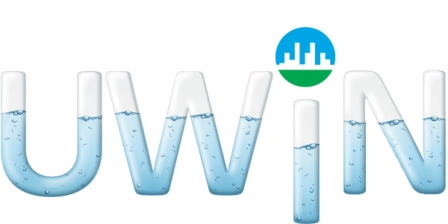Project B2-1
Project Team: Thomas Meixner, PI – University of Arizona
Phil Guertin – University of Arizona
Project Overview
Green infrastructure (GI) has been proposed as a tool to enable the minimization of water, quanitity and quality hazrds that result from urbanization and also to realize co-benefits through the distribution of water to achieve other desirable ecosystem services (e.g. shade, heat-island mitigation, aesthetic pleasure). While information are available regarding the point scale (e.g single household or parking lot) benefits of GI less is known about how GI implimentation from the individual structure to the catchment and city scales influence the direct and indirect benefits ascribed to GI. In this project our team seeks to understand how the direct benefits of GI might scale from point to city scale using a suite of models to assess background hydrologic conditions. These models will then be implemented with increased GI features and densities for each of the studied cities where possible actual GI implementation will be assessed using available stream flow and water quality data to assess the various models ability to simulate GI implementattion effectiveness under real world conditions.

Thomas and Phil:
If you’d like to correspond with regard to research associated with the modeled and pilot impact of residential stormwater harvesting program design and implementation (both analogue and real-time), please contact me. RainGrid has developed a community scale real-time stormwater smartgrid for residential properties. As a WE&RF LIFT candidate technology, RainGrid is seeking avenues for research and implementation.